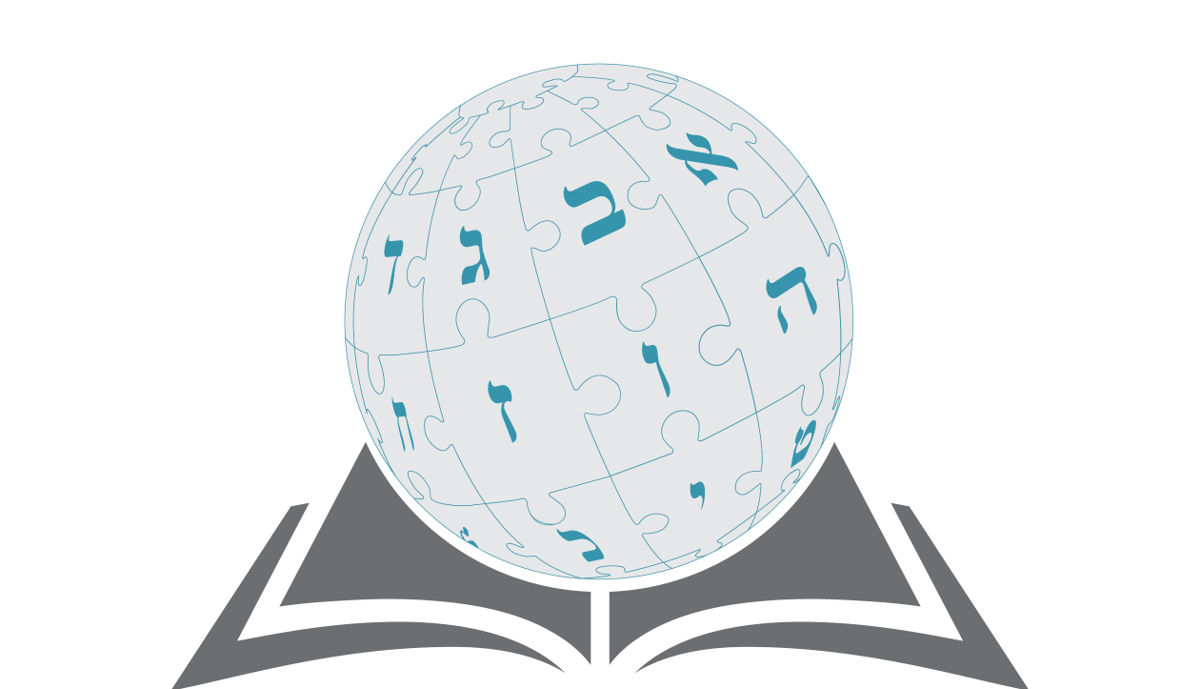יהושע בנג'יו
תבנית מדען ריקה יהושע בנג'יו (באנגלית: Yoshua Bengio; נולד בשנת 1964) הוא פרופסור במחלקה למדעי המחשב באוניברסיטת מונטריאול, מחלוצי תחום הבינה המלאכותית וחתן פרס טיורינג לשנת 2018.
ביוגרפיה
יהושע בנג'יו, בן להורים יהודים ממרוקו שהיגרו לצרפת ומשם לקנדה באמצע שנות ה-70,[1] סיים את התואר הראשון בהנדסת חשמל בהצטיינות בשנת 1986 באוניברסיטת מקגיל. את התואר השני על זיהוי דיבור בשיטות סטטיסטיות (1988) ואת התואר השלישי על רשתות נוירונים ומודלים מרקוביים ב-1991, באותה אוניברסיטה. את הפוסט-דוקטורט עשה בנג'יו ב-MIT ובמעבדות בל AT&T בשנים 1991–1993.
בשנת 1993 הצטרף למחלקה למדעי המחשב באוניברסיטת מונטריאול כחוקר, ומונה לפרופסור חבר ב-1997 ולפרופ' מן המניין ב-2002.[2] בהמשך הקים את Montreal Institute for Learning Algorithms (MILA) והוא משמש מנהלו המדעי. בשנת 2016 היה בין מקימי חברת הבינה המלאכותית ElementAI, שבסיסה במונטריאול.[3]
ב-2018, בהכרזה על זכייתו בפרס טיורינג (יחד עם עמיתיו פרופ' ג'פרי הינטון ופרופ' יאן לקון) כתבה ה-ACM, האגודה המעניקה את הפרס, כי בנג'יו ושני עמיתיו הם אבות המהפכה בתחום הלמידה העמוקה. על פי הודעת ה-ACM, הם זכו בפרס "על התרומה הקונספטואלית וההנדסית לפריצות הדרך שהפכו את רשתות הנוירונים העמוקות למרכיב חיוני בעולם המיחשוב".[4]
תחומי מחקריו
- למידת מכונה
- למידת ייצוג
- למידה עמוקה
- מסדי נתונים עתיים
- בינה מלאכותית
- מודלים הסתברותיים
- מודלים סטטיסטיים
- רשתות נוירונים
- ראייה ממוחשבת
- מדעי המידע
- עיבוד שפה טבעית
פרסומיו
בנג'יו פרסם שלושה ספרים ומעל 350 מאמרים, ועל שמו רשומים ארבעה פטנטים.[5] בשנת 2018 היה בנג'יו החוקר המצוטט ביותר בתחום מדעי המחשב.[6]
ספריו
- I. J. Goodfellow, Y. Bengio, and A. Courville, Deep Learning. MIT Press, 2016.
- Y. Bengio, Learning deep architectures for AI. Now Publishers, 2009.
- Y. Bengio, Neural Networks for Speech and Sequence Recognition. London, UK : International Thompson Computer Press, 1996.
מאמרים נבחרים
- Bahdanau, Dzmitry, Kyunghyun Cho, and Yoshua Bengio (2015). “Neural Machine Translation by Jointly Learning to Align and Translate”. In: ICLR’2015, arXiv:1409.0473.
- LeCun, Yann, Yoshua Bengio, and Geoffrey Hinton (2015). “Deep Learning”. In: Nature 521.7553, pp. 436–444.
- Dauphin, Yann, Razvan Pascanu, Caglar Gulcehre, Kyunghyun Cho, Surya Ganguli, and Yoshua Bengio (2014). “Identifying and attacking the saddle point problem in high-dimensional non-convex optimization”. In: NIPS’2014, arXiv:1406.2572.
- Montufar, Guido F., Razvan Pascanu, KyungHyun Cho, and Yoshua Bengio (2014). “On the Number of Linear Regions of Deep Neural Networks”. In: NIPS’2014, arXiv:1402.1869.
- Goodfellow, Ian J., Jean Pouget-Abadie, Mehdi Mirza, Bing Xu, David Warde-Farley, Sherjil Ozair, Aaron Courville, and Yoshua Bengio (2014). “Generative Adversarial Networks”. In: NIPS’2014, arXiv:1406.2661.
- Yoshua Bengio, Li Yao, Guillaume Alain, and Pascal Vincent (2013). “Generalized Denoising Auto-Encoders as Generative Models”. In: NIPS’2013, arXiv:1305.6663.
- Pascanu, Razvan, Guido Montufar, and Yoshua Bengio (2014). “On the number of inference regions of deep feed forward networks with piece-wise linear activations”. In: International Conference on Learning Representations 2014 (Conference Track),arXiv:1305.6663.
- Glorot, X., A. Bordes, and Y. Bengio (2011). “Deep Sparse Rectifier Neural Networks”. In: AISTATS’2011.
- Glorot, Xavier and Yoshua Bengio (2010). “Understanding the difficulty of training deep feedforward neural networks”. In: AISTATS’2010.
- Bengio, Yoshua, Jerome Louradour, Ronan Collobert, and Jason Weston (2009). “Curriculum Learning”. In: ICML’09, 2009_curriculum_icml.
- Bengio, Yoshua (2009). “Learning deep architectures for AI”. In: Foundations and Trends in Machine Learning 2.1, pp. 1–127.
- Bengio, Yoshua, Pascal Lamblin, Dan Popovici, and Hugo Larochelle (2007). “Greedy Layer-Wise Training of Deep Networks”. In: NIPS’2006. Ed. by Bernhard Schölkopf, John Platt, and Thomas Hoffman. MIT Press, pp. 153–160.
- Pascal Vincent, Hugo Larochelle, Yoshua Bengio, and Pierre-Antoine Manzagol (2008). “Ex-tracting and Composing Robust Features with Denoising Autoencoders”. In: Proceedings of the Twenty-fifth International Conference on Machine Learning (ICML’08). Ed. by William W. Cohen, Andrew McCallum, and Sam T. Roweis. ACM, pp. 1096–1103.
- Yoshua Bengio, Réjean Ducharme, Pascal Vincent, and Christian Jauvin (2003). “A Neural Probabilistic Language Model”. In: Journal of Machine Learning Research 3, pp. 1137– 1155.
- Bengio, Yoshua and Samy Bengio (2000). “Modeling High-Dimensional Discrete Data with Multi-Layer Neural Networks”. In: Advances in Neural Information Processing Systems 12 (NIPS’99). Ed. by S.A. Solla, T.K. Leen, and K-R. Müller. MIT Press, pp. 400–406.
- LeCun, Yann, Leon Bottou, Yoshua Bengio, and Patrick Haffner (1998). “Gradient-Based Learning Applied to Document Recognition”. In: Proceedings of the IEEE 86.11, pp. 2278– 2324.
- Bengio, Y., P. Simard, and P. Frasconi (1994). “Learning Long-Term Dependencies with Gradient Descent is Difficult”. In: IEEE Transactions on Neural Networks 5.2, pp. 157– 166.
- Bengio, Yoshua, Samy Bengio, Jocelyn Cloutier, and Jan Gecsei (1991). “Learning a Synaptic Learning Rule”. In: International Joint Conference on Neural Networks (IJCNN). Seattle, WA, II–A969.
קישורים חיצוניים
 אתר האינטרנט הרשמי של יהושע בנג'יו
אתר האינטרנט הרשמי של יהושע בנג'יו
- יהושע בנג'יו, באתר פרויקט הגנאלוגיה במתמטיקה
- יהושע בנג'יו, באתר dblp
- יהושע בנג'יו, באתר גוגל סקולר
- דף אישי באתר אוניברסיטת מונטריאול
- דף הבית MILA
הערות שוליים
- ↑ INNOVATION & SCIENCE, juifsdici אתר הקהילה היהודית במונטריאול
- ↑ CV, MILA אוגוסט 2019
- ↑ Machine Learning Veterans Launch Element AI, Cision, 25 באוקטובר 2016
- ↑ Fathers of the Deep Learning Revolution Receive ACM A.M. Turing Award, ACM, 27 במרץ 2019
- ↑ Yoshua bengio, Google Patents
- ↑ Yoshua bengio, Re-Work
שגיאות פרמטריות בתבנית:מיון ויקיפדיה
שימוש בפרמטרים מיושנים [ דרגה ] יהושע בנג'יו28778868


